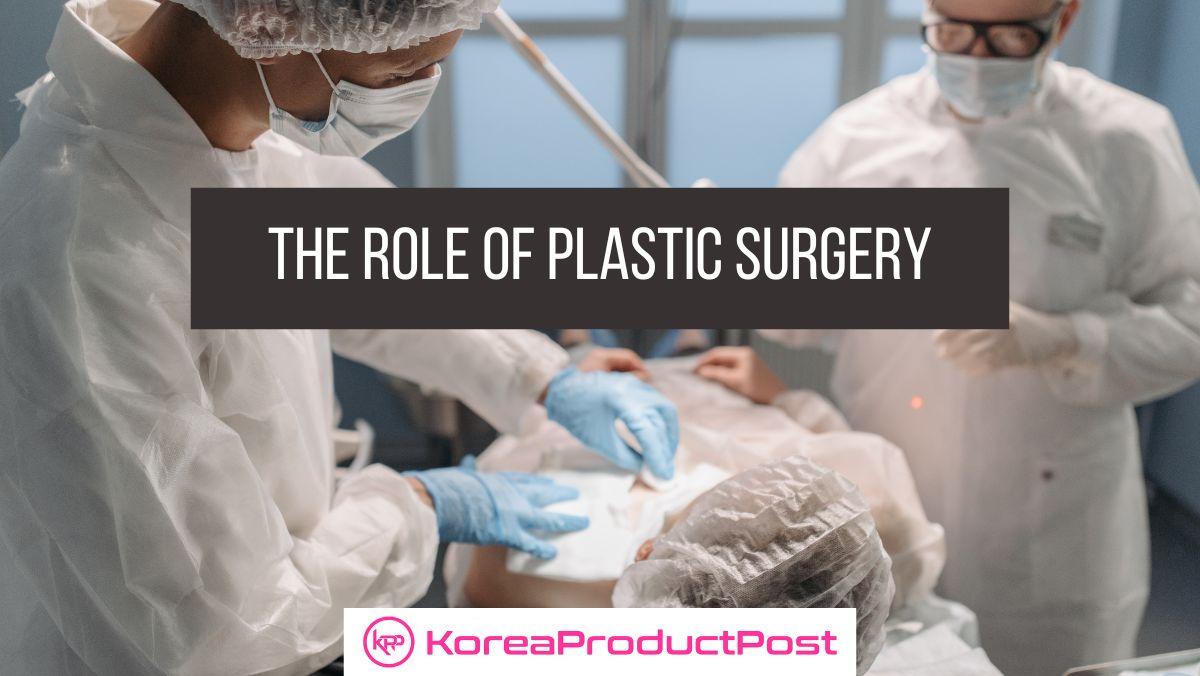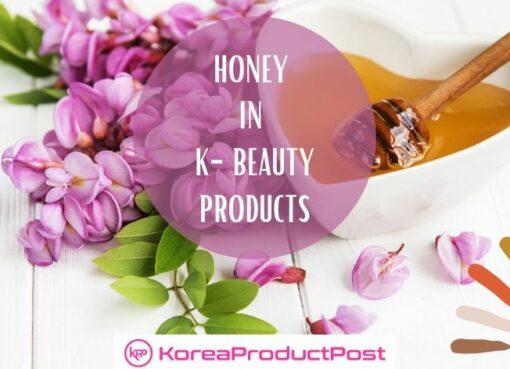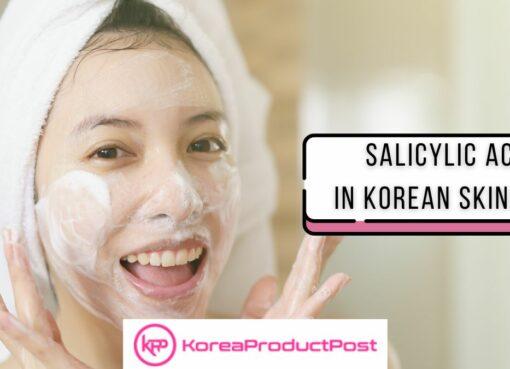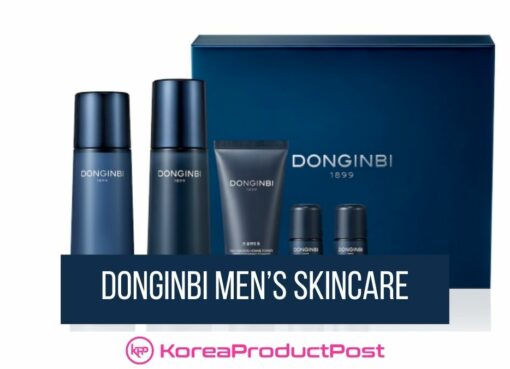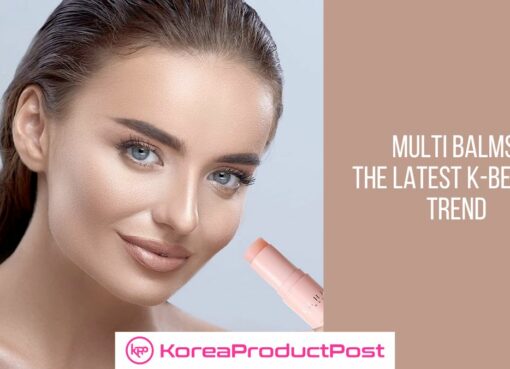Explore the intricate relationship between Korean beauty standards and plastic surgery, as cultural expectations, media influence, and availability of procedures shape the pursuit of perfection.
South Korea is often called the “plastic surgery capital of the world.” This is partly due to cosmetic surgery being incredibly common in the country, with one in five Korean women having undergone some form of procedure. Several factors contribute to this high rate of plastic surgery, including cultural expectations, media influence, and the availability and affordability of procedures.
The Role of Korean Plastic Surgery
A startling 1 in 4 South Korean women between 19 and 29 undergo cosmetic surgery. While men also opt for cosmetic surgeries in Korea, a 2020 poll found that just 2% of men between the ages of 19 and 29 had undergone cosmetic surgery.
In South Korea, cosmetic surgeries are a way to improve competence, power, and access to resources. While undergoing surgery can be seen as a measure of success, it is the post-surgery attractive features women ultimately seek. The quest for beauty has a connection to improving the chances for career and social progress. Individuals who uphold these beauty standards are likelier to gain attractive employment prospects. Moreover, they attain social acceptance in a culture that highly values attractiveness.
History of Korean Beauty Standards
Korean beauty standards have evolved. In the past, beauty was associated with pale skin, small eyes, and a high nose bridge. According to Neo-Confucian principles, women were often treated as ‘subjectless’ bodies or viewed as nothing more than reproductive organs. As one of the few ways women had to exercise influence and get respect in a patriarchal society, the beauty within this paradigm became a source of power and social currency. However, these standards have shifted in recent years to favor a more Westernized look, with big eyes, a small nose, and a V-shaped face.
This shift in beauty standards can be attributed to several factors, including globalization’s rise and Korean pop culture’s popularity. Koreans have become more exposed to Western media and have begun to adopt Western beauty standards. Additionally, Korean pop culture’s popularity has helped spread these standards worldwide.
Cultural Expectations
Korean culture places a high value on beauty. This is evident in how beauty is often used to sell products and services and how celebrities are often held up as idealized images of beauty. This emphasis on beauty can create a lot of pressure for people to conform to certain standards, leading to people seeking plastic surgery to achieve a desired look.
Media Influence
The media also plays a role in shaping Korean beauty standards. Korean dramas, movies, and music videos often feature actors and actresses who have had plastic surgery. This can create the impression that these procedures are necessary to succeed in the entertainment industry. As a result, many young people in Korea feel pressure to get plastic surgery in order to look like their favorite celebrities.
Availability and Affordability
Plastic surgery’s availability and affordability also contribute to its high rate in South Korea. There are several reputable plastic surgery clinics in the country, and the cost of procedures is often lower than in other countries. This makes plastic surgery more accessible to people of all income levels.
The Impact of Plastic Surgery on Korean Beauty Standards
The high rate of plastic surgery in South Korea has significantly impacted Korean beauty standards. The procedures that are most commonly performed, such as blepharoplasty (double eyelid surgery) and rhinoplasty (nose job), have become increasingly popular, and these features are now seen as being more attractive. As a result, people who do not have these features may feel pressure to get plastic surgery to conform to the norm.
Blepharoplasty, a cosmetic procedure that turns a monolid into a double eyelid, is one of the most popular among Korean women. The double eyelid feature, achieved through highly-demanded surgery, is a characteristic naturally possessed by approximately 50% of people of East Asian descent. It is a trait of value and a unique feature commonly seen in Western people. As a result, the Koreans find it attractive and believe it symbolizes status and beauty. The desire for double eyelids showcases the idea that they visually enhance and enlarge the eyes. Women who have blepharoplasty want to improve their chances of being seen as successful and beautiful, in line with cultural expectations.
The Debate Over Plastic Surgery
There is a debate over the role of plastic surgery in Korean society. Some people argue that it is a form of self-empowerment that allows people to improve their appearance and feel more confident. Others argue that it is a form of body modification that can lead to unrealistic expectations and body image issues.
Unrealistic beauty standards are so ubiquitous in Korean culture that it also helps to maintain generic stereotypes. The characteristics of success are also a valuable aspect among modern women in Korea. As a result, this situation further intensifies women’s pressure regarding marriage and employment. This pressure frequently causes people to be unhappy with their natural look and want to get surgery to meet social standards. Attractive women also have a higher chance of marrying financially stable and biologically strong men. Some studies suggest that women garner more attention from men post-cosmetic surgery.
The Future of Plastic Surgery in Korea
The prevalence of plastic surgery in South Korea is likely to persist. The country’s cultural emphasis on beauty, the influence of the media, and the availability and affordability of procedures are all likely to contribute to this trend. However, it is also possible that there will be a backlash against plastic surgery in the future as people become more aware of the potential risks and side effects of these procedures.
Conclusion
Several factors, including cultural expectations, media influence, and the availability and affordability of plastic surgery, shape Korean beauty standards. The high rate of plastic surgery in South Korea has significantly impacted these standards, and this trend will likely continue in the future.




